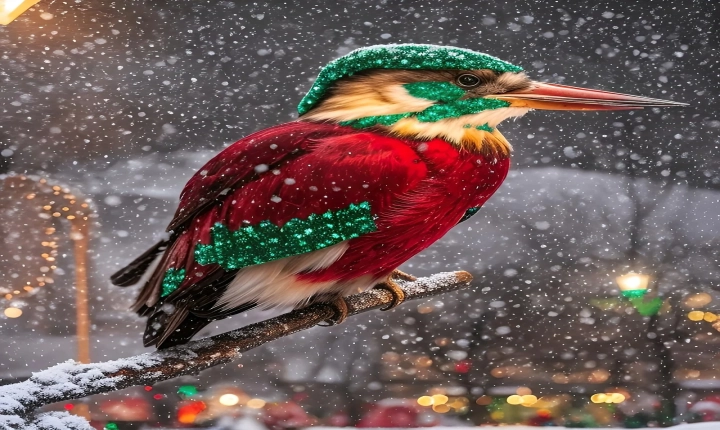Title: Using AI to Expand Your Images: A Step-by-Step Guide
In today’s digital age, the rise of artificial intelligence (AI) has revolutionized many aspects of our lives, including the way we enhance and manipulate images. One fascinating application of AI technology is the ability to expand the size of images without compromising on quality. This has proven to be incredibly useful for photographers, designers, and anyone else looking to upscale their images for various purposes. In this article, we’ll delve into the process of using AI to expand pictures, and explore the steps involved in achieving high-quality results.
Step 1: Choosing the Right AI Tool
The first step in expanding an image with AI is to choose the right tool for the job. There are several AI-powered image upscaling tools available, each offering unique features and capabilities. Some popular options include Gigapixel AI, Let’s Enhance, and Waifu2x. It’s important to research and compare these tools to find the one that best suits your specific needs and budget.
Step 2: Preparing Your Image
Once you’ve selected an AI tool, the next step is to prepare the image you want to expand. Before feeding the image into the AI system, it’s crucial to ensure that the original image is of high quality. This includes factors such as resolution, sharpness, and color depth. If the original image is of poor quality, the results of the AI upscaling process may be unsatisfactory. Therefore, it’s advisable to start with the highest-quality image possible.
Step 3: Uploading the Image to the AI Tool
With the image prepared, it’s time to upload it to the chosen AI upscaling tool. This can typically be done through a web-based interface or a dedicated software application, depending on the tool you’ve selected. Once the image is uploaded, the AI system will process it using advanced algorithms to expand its size while preserving details and minimizing artifacts.
Step 4: Adjusting Settings (If Necessary)
Many AI upscaling tools offer customizable settings that allow users to fine-tune the upscaling process. These settings may include options to adjust noise reduction, sharpening, and texture enhancement. Depending on the specific requirements of your image, you may need to experiment with these settings to achieve the best results.
Step 5: Reviewing the Output
After the AI system has processed the image, it’s crucial to carefully review the output to ensure that the upscaling has been successful. Pay close attention to details such as sharpness, clarity, and overall image quality. In some cases, it may be necessary to make further adjustments and reprocess the image to achieve the desired result.
Step 6: Incorporating the Upscaled Image
Once you are satisfied with the upscaled image, it can be incorporated into your project or used for its intended purpose. Whether you’re a photographer looking to create large prints, a graphic designer working on a high-resolution project, or simply looking to improve the visual appeal of your images, AI upscaling can be a valuable asset in your creative toolbox.
In conclusion, the ability to expand images with AI has opened up new possibilities for creators and professionals across various industries. By leveraging advanced algorithms and machine learning, AI upscaling tools have made it possible to upscale images while maintaining or even enhancing their quality. As AI technology continues to evolve, we can expect further advancements in image manipulation and enhancement, offering even more powerful and accessible tools for creators around the world.
